Applied for:

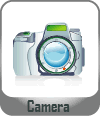
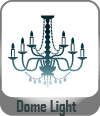
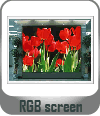

The SMD LED is widely applied for ordinary electronic equipment (such as office equipment,
communication equipment and household applications). Checking with BETLUX's Sales in
advance for information on applications in which exceptional reliability is required, particularly
when the failure or malfunction of the LEDs may directly jeopardize life or health (such as in
aviation, transportation, traffic control equipment, medical and life support systems and safety
devices).
CAUTIONS for SMD LED
1. Application
The SMD LED is widely applied for ordinary electronic equipment (such as office equipment,
communication equipment and household applications). Checking with BETLUX's Sales in
advance for information on applications in which exceptional reliability is required, particularly
when the failure or malfunction of the LEDs may directly jeopardize life or health (such as in
aviation, transportation, traffic control equipment, medical and life support systems and safety
devices).
2. Storage
The storage ambient for the LEDs should not exceed 30℃ temperature or 70% relative humidity.
It is recommended that LEDs out of their original packaging are IR-reflowed within one week.
For extended storage out of their original packaging, it is recommended that the LEDs be stored
in a sealed container with appropriate desiccant, or in a desiccator with nitrogen ambient.
LEDs stored out of their original packaging for more than a week should be baked at about 60 deg C
for at least 24 hours before solder assembly.
3. Cleaning
Use alcohol-based cleaning solvents such as isopropyl alcohol to clean the LED if necessary
Soldering
When soldering, leave a minimum of 2mm clearance from the base of the base of the lens to the soldering point. Dipping the lens into the solder must be avoided.
Do not apply any external stress to the lead frame during soldering while the LED is at high temperature.
Recommended soldering conditions:
| IR Reflow Soldering |
Soldering Iron |
| Pre-Heat |
150-180°C |
Temperature |
300°C Max. |
| Pre-Heat Time |
120sec Max. |
| Peak Temperature |
260°C Max. |
Soldering Time |
3sec Max.(one time only) |
| Soldering Time |
10 sec Max. |
Note: Excessive soldering temperature and/or time might result in deformation of the LED lens or failure of the LED
ESD (Electrostatic Discharge)
Static Electricity or power surge will damage the LED.
Suggestions to prevent ESD damage:
n Use a conductive wrist band or anti-electrostatic glove when handling these LEDs
n All devices, equipment, and machinery must be properly grounded
n Work tables, storage racks, etc. should be properly grounded
n Use ion blower to neutralize the static charge which might have built up on surface of the LED's
plastic lens as a result of friction between LEDs during storage and handling
ESD-damaged LEDs will exhibit abnormal characteristics such as high reverse leakage current,
low forward voltage, or “no light on” at low currents. To verify for ESD damage, check for “light on”
and Vf of the suspect LEDs at low currents.
The Vf of “good” LEDs should be>2.0V@0.1mA for InGaN product and >1.4V@0.1mA for AlInGaP
product.

Drive Method
An LED is a current-operated device. In order to ensure intensity uniformity on multiple LEDs
connected in parallel in an application, it is recommended that a current limiting resistor be
incorporated in the drive circuit, in series with each LED as shown in Circuit A below.
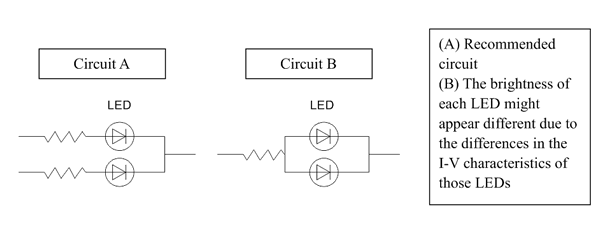
 0805 LED | smt LED diode supplier
0805 LED | smt LED diode supplier

 LED display and diode manufacturer,Betlux
LED digital world, share with you the quality LED technology
LED display and diode manufacturer,Betlux
LED digital world, share with you the quality LED technology














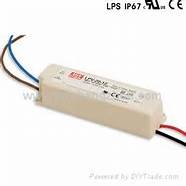
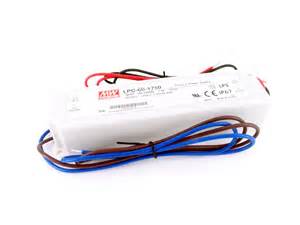
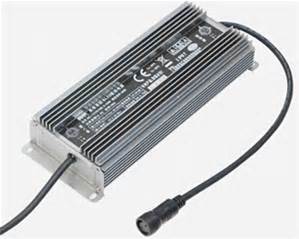
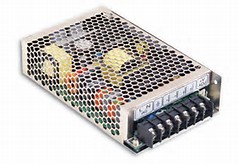
 LED barre lumineuse (cercle, 20mm grand LED)
LED barre lumineuse (cercle, 20mm grand LED)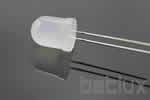 10mm LED diode
10mm LED diode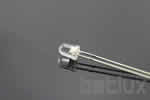 4mm diode LED
4mm diode LED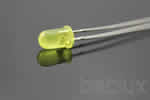 5mm LED diode
5mm LED diode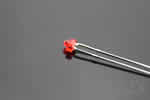 1.8mm super diode LED lumineuse
1.8mm super diode LED lumineuse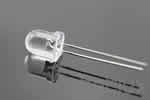 8mm LED diode
8mm LED diode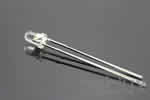 3mm LED diode
3mm LED diode SMD LED
SMD LED  LED de puissance
LED de puissance  Anneau LED
Anneau LED  IR LED
IR LED  PHOTO DIODES
PHOTO DIODES  PIRANHA LED
PIRANHA LED  LED clignotante
LED clignotante  LED multicolore
LED multicolore  Bullet LED
Bullet LED  LED lumineuse superbe
LED lumineuse superbe